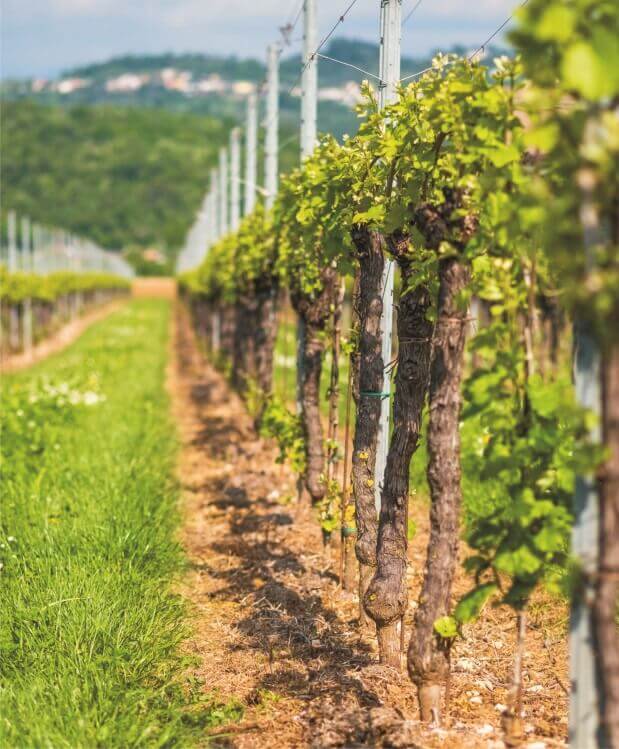
Vines can be grown commercially, wherever conditions allow all around the world. Most vineyards fall between 30* - 50* latitude either North or South of the equator. The style of wine produced depends on the combination of climate, landscape, soil and grape variety. Some vineyard practices particularly in Europe, are influenced by local wine laws. The countries in the New World have more opportunities to experiment taking many of their ideas from the historic regions of Europe.
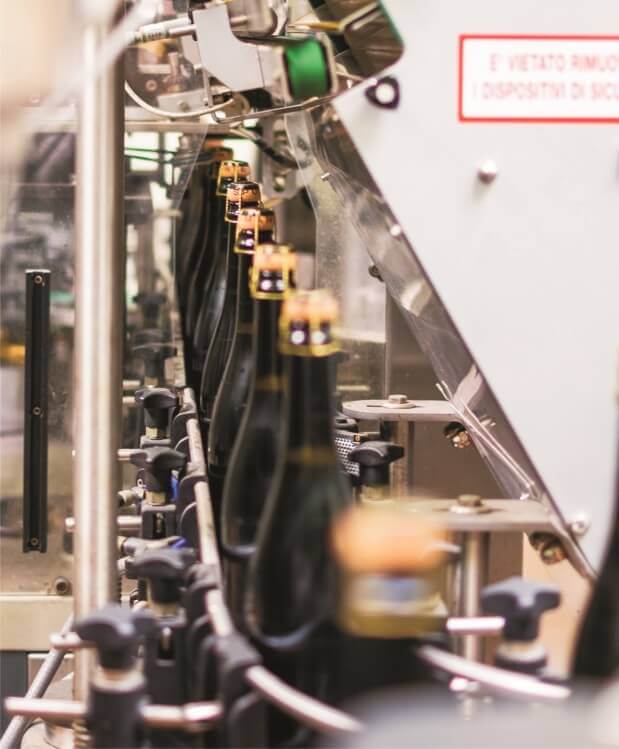
There have been huge changes in winemaking since the first wines were made with many wineries adopting technology to ensure that the grapes grown in the vineyard reach the drinker in perfect condition. Good wine cannot be made from poor quality grapes, if the winemaker doesn't control the production process, the perfect harvest can be turned into bad wine.
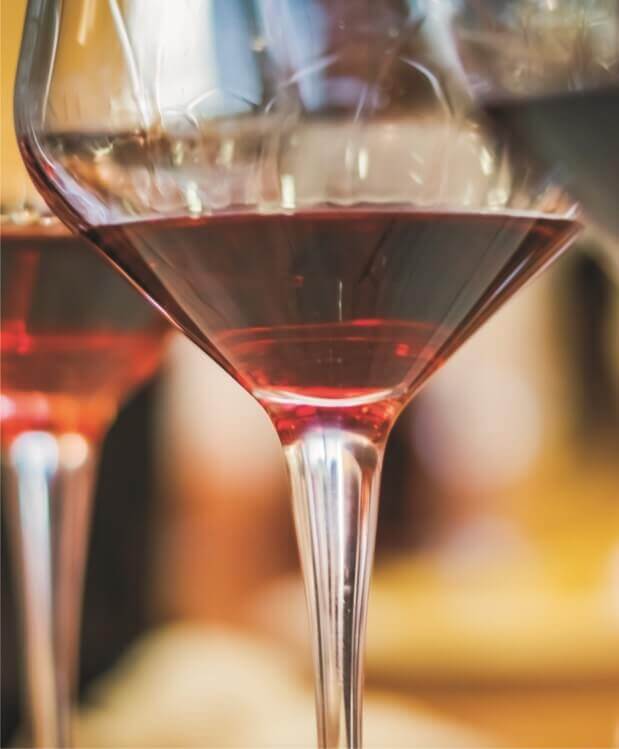
Red wines are made from red grape varieties. The colour comes from the skins which are allowed to mix with the juice until the desired colour is achieved. Different varieties have a range of characteristics which can add colour, body and tannin to the wine. The use of oak can also influence the final taste and the winemaker has the choice whether to use oak or not.
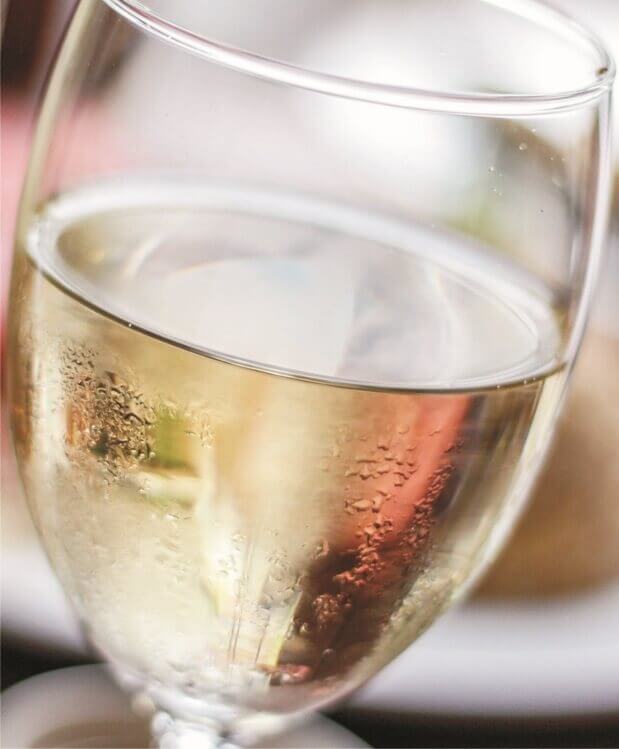
White wines are mostly made from white varieties, although it is possible to make a white wine from red grapes as the pulp is colourless and the skins are removed early on in the process. The variety, climate and option of fermenting or maturing in oak also plays a big part in the final wine.
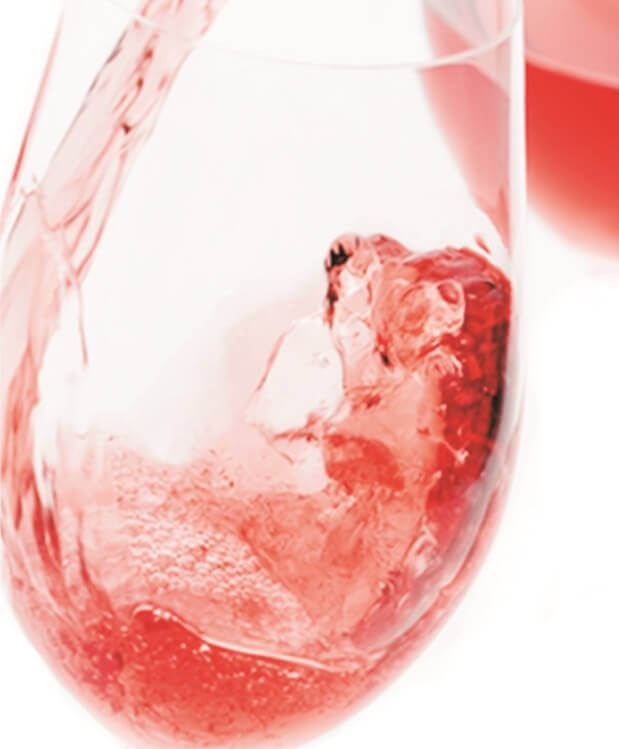
Rose wines are made from red grape varieties but range in style depending on the market they are aimed at, the variety and the place where the grapes are grown. The winemaker can choose how pink he wants the wine to be by the length of time the juice spends with the skins. They also decide whether to ferment the wine dry or leave some sugar to make a sweeter style.
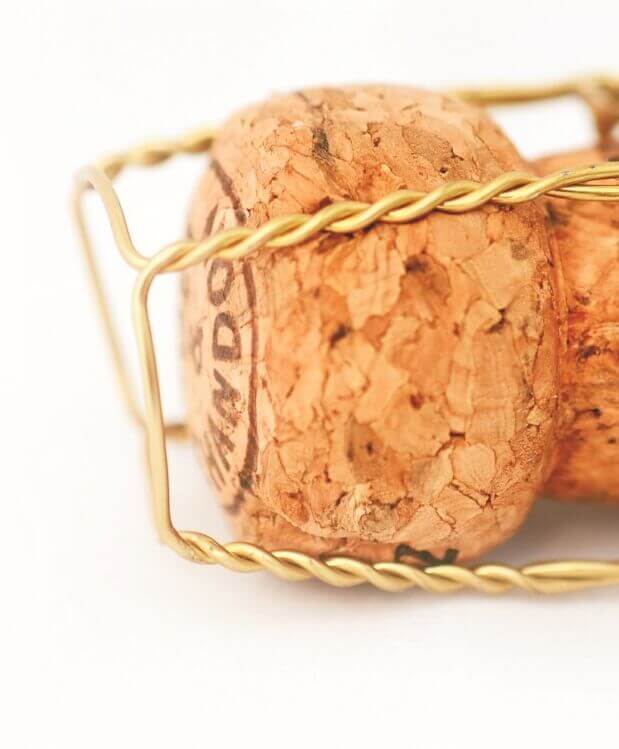
Sparkling wine undergoes a second fermentation in either the bottle or tank which traps the carbon dioxide byproduct within the wine, which makes it fizzy. Champagne in France is the most prestigious and expensive sparkling wine region but most wine-producing areas will make a sparkling wine. In recent years, the Italian Prosecco has become the fizz of choice in the UK.